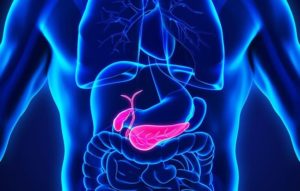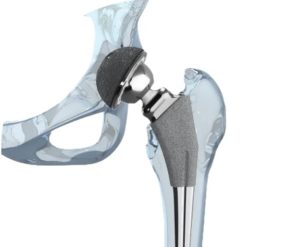Fall in North Carolina means many things: stunning autumn vistas on the Blue Ridge Parkway; seasonal allergies; frost on the pumpkin; not too much longer until basketball season; and more deer on the roads!
According to the N.C. Department of Transportation, there were more than 19,500 animal-related crashes reported in each of the last three years. Ninety percent of those involved deer. Since 2008, these incidents resulted in 3,453 injuries to people, of which 17 were fatal. Property damage amounted to nearly $136 million.
“Deer are constantly on the move this time of year, especially in densely populated areas,” said NCDOT Director of Mobility and Safety Kevin Lacy. “Drivers need to be alert at all times."
Deer are a year-round hazard on our roads. However, the danger is particularly high in Autumn. The majority of deer-vehicle collisions occur between the months of October and December, when deer activity increases due to mating and hunting seasons. Crashes are most common during the hours of 5 p.m. to 7 a.m., when deer movement increases and limited lighting makes it more difficult for motorists to see them.
An alert driver can often spot the deer in time to safely avoid a collision. But NCDOT Director of Mobility and Safety, Kevin Lacy stresses, "if you can’t avoid a deer, it is better to hit it than to lose control of your vehicle and cause a bigger accident."
Between 2008 and 2010, there were 60,045 animal-related collisions reported throughout North Carolina. The top five counties for such collisions in 2010 were Wake (1,051), Pitt (713), Duplin (646), Guilford (635) and Randolph (534).
The North Carolina Animal-Related Crashes 2008–2010 data and county rankings can be found here. NCDOT also has animal crash maps available by county. A county spreadsheet will load with links to the maps. The crashes are coded by the quarter of the year they occurred.
NCDOT offers the following suggestions for motorists to avoid being in a collision with a deer:
- Slow down in posted deer crossing areas and heavily wooded areas, especially during the late afternoon and evening.
- Statistics indicate most car-deer crashes occur near bridges or overpasses. Deer also follow railroad tracks, streams and ditches.
- Drive with high beams on, when possible, and watch out for eyes reflecting in the headlights.
- Remember that deer often travel in groups, so do not assume that the road is clear if one deer has already passed.
- Do not swerve to avoid contact with deer. This could cause the vehicle to flip or veer into oncoming traffic, causing a more serious crash. Swerving also can confuse the deer as to where to run.
- If you see a deer near or on the road, give your car horn one long blast. This sound gives the deer an audible signal to avoid.
- Increase the distance between your vehicle and other cars, especially at night. If the car ahead of you hits a deer, you may also become involved in the accident.










Comments for this article are closed.